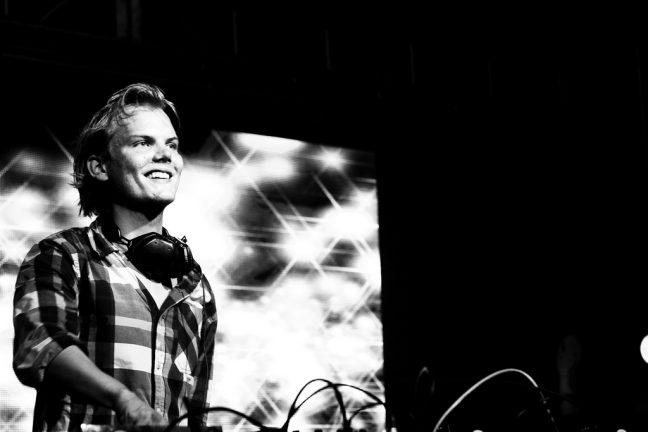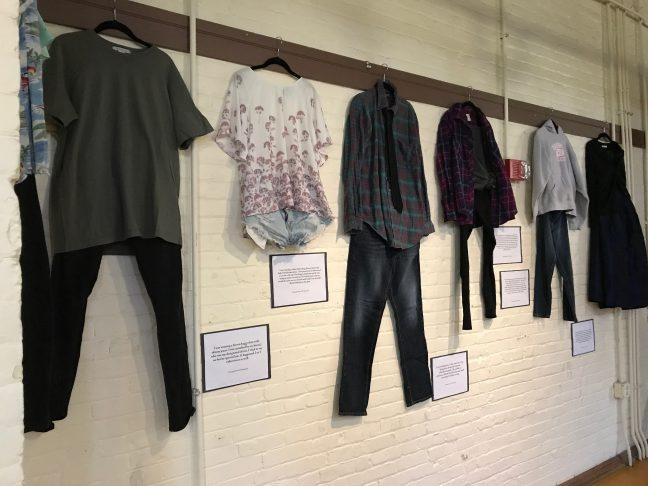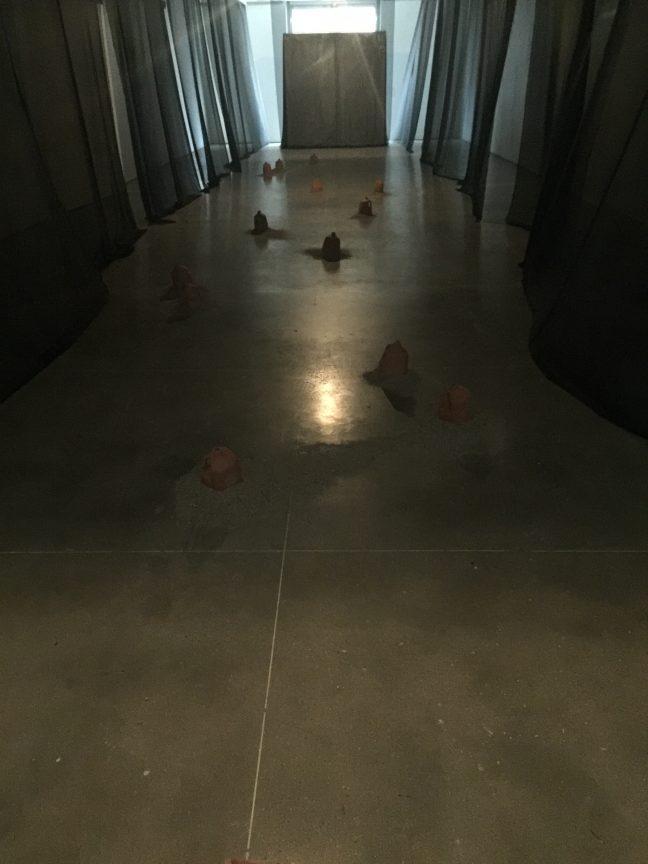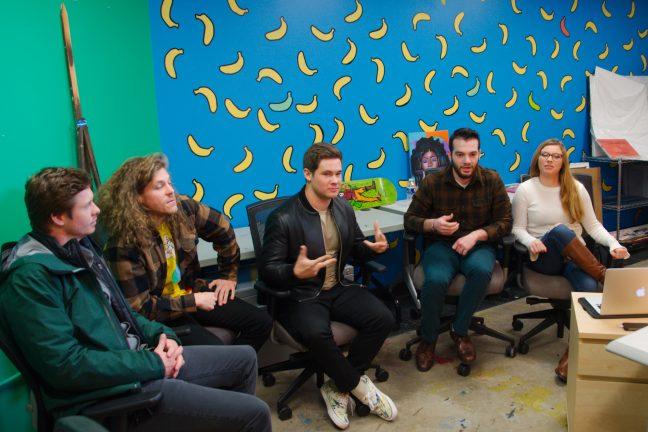
Achieving Zen can be difficult even in the calmest of times, and with the stress of upcoming exams, this ancient Asian state of meditation and enlightenment may seem like the least accessible mindset to attain — yet, for sanity’s sake, it could be the most necessary. Macha Teahouse + Gallery on Monroe Street, a few blocks behind Camp Randall, has mastered the technique of perfect calm. And to aid those of us whose GPAs and REM cycles have seen better days, they have created a pain-free blend of tea, art and, of course, Zen. To further fortify the mega-chill vibes, May 7 will kick off the showcase of Macha’s newest exhibit: A beautiful compilation of Chinese brush paintings by 10 members of the Chinese Fine Art Association.
Established in 1999, the CFAA started out with just a few friends-turned-amateur-artists and has since become a non-profit organization with several events and exhibits throughout the year. Rachel Fox, the gallery and events director for the teahouse, said the CFAA’s artwork was an immediate and perfect blend with Macha’s vision.
“I saw [the CFAA] exhibit at the municipal building downtown, and I thought ‘This would be the perfect show at Macha,’ just because it’s a very obvious tie,” she said. “I contacted them and it just happened.”
Professor Yueh Mei Cheng, a UW alumnus, taught the 10 aspiring CFAA artists the craft of Chinese brush painting. Cheng was a talented and successful Chinese brush-painter in Taiwan for many years before coming to the U.S. for school; she now teaches classes in her free time.
“We really wanted to show our gratitude to our teacher, because this teacher is very special,” Vina Yang, one of the original members, said. “She’s very kind to come back here to teach us classes […] To me, learning art is impossible because I’m a scientist myself. When she first was giving us classes, she told us ‘If you guys are serious I’ll go on with you, but if you’re not serious, then bye.’ That was shocking because we don’t know how much commitment we needed to make […] none of us saw ourselves as professional artists.”
Yang said that every summer they get to work together on a special method with their teacher, such as an organic technique she described as “splash color” painting. This skill doesn’t use a sketch and is very free form.
“Basically, [when] splash painting … you wet your paper — rice paper — and then you just splash color. I mean, most people do blue or green or something like that,” she said. “Then you have to wait until it forms — you have to pick it up and the color runs into a form. After it’s kind of dry, you think about what you want to make that into. It’s very unpredictable; there’s nothing right or wrong.”
Chinese brush painting is very traditional, yet, Yang explained the group manages to add their own flair. There are two schools in this style: Elaborate, which is extremely delicate and detailed with layered, vibrant colors, and Spontaneous, which must be done all on the first attempt and requires a high level of technique and confidence. Spontaneous is unique in that Yang says it shows the artist’s stresses and emotions in the strokes.
“We learned the basic skills from Chinese brush painting; there’s an order, and with that order it comes naturally […] [What we do] is not really typical to the traditional type of thing,” she said. “We kind of put together with the Western and Eastern; that’s our kind of vision. We wanted to create something because we live here and blend our lifestyles into the work we do and also have cultural [aspects].”
Most of the group members are originally from Taiwan, so having Chinese as a first language is helpful for the calligraphy present on every painting. This beautiful writing is more like a poem to enhance the art and is not easily translated into English, Yang said. While traditional paintings are still popular in Taiwan today, they are fading to street-corner vendors rather than gallery installations, such as the one that will be at Macha.
According to Fox, art such as this has always been a primary aspect to Macha; in fact, the establishment did not start out as a teahouse at all. However, the art, the tea and the quiet, tranquil atmosphere of the decorative individual rooms have gradually come together to form what is now Macha Teahouse + Gallery.
“It was a gallery first; tea came second. We added tea because we were selling enough art. It just seems a natural tie; I think they’re both very meditative and calming,” she said. “I think we’re doing similar things to what other places are, but it’s the art and the consciousness of the space that make a difference.”
So, choose from the many modestly priced pots of tea and treats at Macha, take in the breathtaking artwork, grab a comfy floor pillow and Zen your final exam woes away.




















